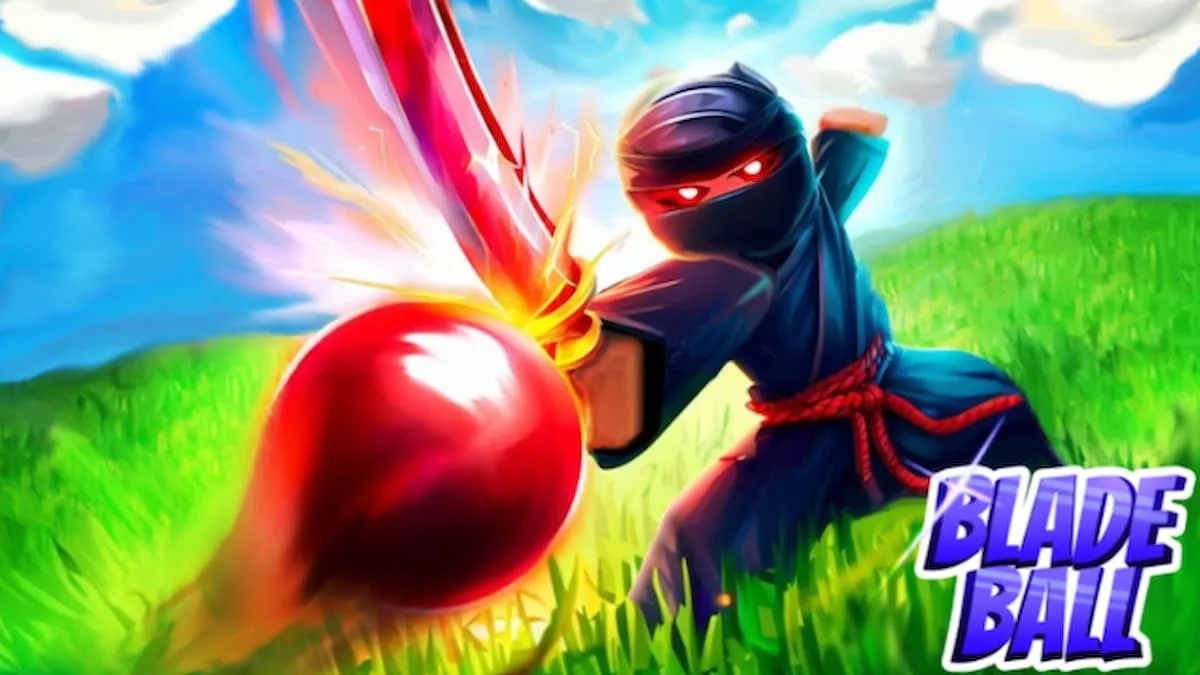Our writers (and your editors) are sometimes unsure of punctuation–and understandably. Sometimes it can be tricky. What styles are solid, concrete rules and what are subjective? This segment will explain some of the more uncommon marks and how we generally use them in our writing, along with coordinating spacing.
- The semicolon. (;) This can be used in a few ways. Most popularly, it’s used to separate items in a list that has internal punctuation, like serial commas (sentence here; list here, description of item; list item #2, description; etc). It can also be used as an alternative to a period, as long as the sentence following the semicolon is relevant to the sentence before the semicolon. Style guides will tell you to use no space before the semicolon and one space after; further more, the next letter should not be capitalized unless it’s a proper noun.
- The hyphen. (-) Typically, the hyphen is used to keep justified text in a readable shape that is pleasing to the eye. When hyphening a word to keep your lines fluid, place the hyphen at the closet syllabic break (meaning you split one word between two lines, placing a hyphen to join the two parts of the word). The hyphen should also be used for suffixes and prefixes, like pre-, non-, etc. It can be used to show the s-p-e-l-l-i-n-g of a word. It can also be used to join modifiers–or rather, two or more words that change the meaning of another word. An example is “little-celebrated painting.” This clears up the meaning in that the painting is not little but is rarely appreciated. However, you should only use it in this way if the modifiers are before the noun. Another example: the well-respected man vs the man whom is well respected.
- The dash. (en: – em: –) The en dash is half the length of the em dash. The en dash is what you will use for ranged values, like June-July. It can also be used to itemize a list. There shouldn’t be any spaces between the ranged values. The em dash is twice the length, and is used in breaking up your thoughts without a period or parenthesis.
Typically, punctuation is not necessary in titles. That is certainly subjective, as some writers prefer punctuation, but unless it’s a strong mark like an exclamation point or a question mark, most writers tend to leave it out.
News reports are objective, unless you’re throwing in your opinion on the matter. Pure reports should not have any strong punctuation and tend to be strictly period ridden–this keeps writers from injecting bias or implying opinions (at least in a formal setting). We want you to use your own voice and have your opinions, but be sure to deliver factual news along with it so that your audience isn’t misunderstanding your message.






Published: Feb 12, 2013 04:48 pm